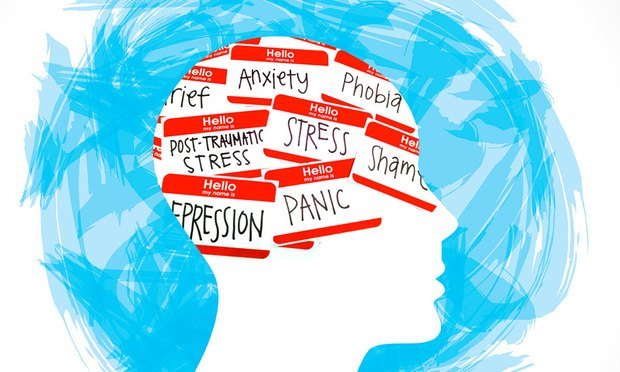
As someone deeply embedded in the employee benefits space, I’ve seen firsthand how vital mental health offerings have become—not only to employee wellbeing but also to business sustainability. Recent data and industry insights underscore what many of us in benefits have long suspected: there’s a disconnect between the mental health resources employees value and what employers are currently offering.
Employees are seeking more comprehensive and personalized mental health benefits—tools that are accessible, convenient, and relevant to their unique life experiences. According to Lyra Health, 85% of HR leaders now recognize the importance of extending mental health support to employees’ families, especially children. That’s a significant shift, and one that speaks to the broader demand for inclusive, family-focused benefits.
Recommended For You
Yet, many employers still rely heavily on traditional Employee Assistance Programs (EAPs). While valuable, these models are often underutilized and perceived as outdated. The evolution toward tech-enabled platforms—such as on-demand therapy, mental health apps, and individualized care pathways—represents the kind of innovation today’s workforce craves. PsychPlus research supports this, showing that companies are upgrading EAPs to make them more effective and accessible.
Building a supportive workplace culture
Creating a culture where mental wellness is prioritized isn’t just about adding benefits—it’s about integrating empathy into the very fabric of an organization. Businesses that thrive in this area go beyond compliance; they lead with intention. Burnout prevention, for instance, has become a cornerstone of progressive workplace strategies. Initiatives such as mental health days, no-meeting Fridays, and resilience training for managers are no longer fringe perks—they’re becoming standard expectations.
I believe that building a supportive culture starts with leadership. When managers model openness around mental health, it signals to employees that it’s safe to speak up and seek help. As someone who works with diverse employer groups, I often advise clients to tailor strategies based on their workforce demographics, engagement surveys, and cultural dynamics. There is no one-size-fits-all approach, but every employer can take meaningful steps toward fostering psychological safety.
Mental health benefits as a retention and productivity driver
The link between mental health support and workforce retention is no longer theoretical. It’s measurable. Employees who feel supported are more likely to stay, be engaged, and perform at a higher level. According to data cited in the 2025 outlook summary, companies that invest in proactive mental health solutions often see tangible improvements in employee satisfaction and productivity.
From an insurance agency standpoint, we’ve observed that mental health benefits have become a key differentiator in competitive talent markets. When choosing between job offers, candidates—especially younger workers—are scrutinizing mental health policies just as closely as compensation packages. Retention strategies now require a holistic view of employee wellbeing.
Related: Top 6 mental health benefits that drive exceptional employee performance
Trends transforming mental health benefits in 2025 and beyond
The mental health landscape is evolving at an incredible pace. Here are some trends every benefits professional should have on their radar:
Tech-enhanced EAPs: Traditional EAPs are being upgraded with digital tools, offering greater accessibility and personalization.
Flexible and inclusive PTO: Companies are embracing more holistic leave policies—"pawternity" for pet adoption and grandparent leave are examples cited by the New York Post.
Family-focused benefits: Support for children’s mental health and parental programs is expanding. As of 2025, 58% of employers offer parental leave alongside maternity leave, according to NFP.
Psychedelic-assisted therapies: Forward-thinking companies are exploring coverage for innovative treatments like ketamine and psilocybin for treatment-resistant conditions.
App-based interventions: With Medicare expected to reimburse digital mental health therapy, app-based and virtual care models will gain even more traction (Axios).
These developments signal a holistic shift—from reactive to proactive care, from individual to family coverage, and from rigid to flexible models. As a business owner and benefits consultant, I view these changes not just as trends but as opportunities to shape a healthier, more resilient workforce.
Final thoughts: Tailor benefits to your people
Mental health benefits aren’t just an HR initiative—they’re a business imperative. The most effective programs are those aligned with an organization’s culture, values, and employee demographics. Employers who take the time to understand what their people truly need—and who are willing to evolve—will reap the rewards in retention, engagement, and organizational health.
Every company’s journey will look different, but the goal remains the same: to create a workplace where employees feel supported, valued, and empowered to bring their full selves to work. Bottomline, stay relevant to the specific company’s journey and destination to develop a sound mental health strategy for an insured’s population.
© 2025 ALM Global, LLC, All Rights Reserved. Request academic re-use from www.copyright.com. All other uses, submit a request to [email protected]. For more information visit Asset & Logo Licensing.







